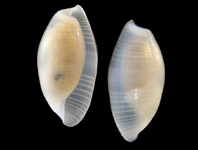Abstract
This study represents the first complete modern account of the Sphingidae of Pakistan and takes the form of an annotated checklist, based on several national collections and those of a number of individuals. Of the 60 species and subspecies found, 14 are new records to the fauna of Pakistan, namely Agnosia orneus, Langia zenzeroides subsp. zenzeroides, Polyptychus trilineatus subsp. trilineatus, Dolbina inexacta, Ambulyx sericeipennis subsp. sericeipennis, Thamnoecha uniformis, Macroglossum belis, Macroglossum stellatarum, Cechetra scotti, Hippotion boerhaviae, Hyles euphorbiae subsp. euphorbiae, Rhagastis olivacea, Rethera brandti subsp. euteles and Theretra latreillii subsp. lucasii. Anambulyx elwesi subsp. kitchingi and Clanis deucalion subsp. thomaswitti are not recognised as valid subspecies and are synonymized with their respective nominotypical subspecies. An additional list is given of 30 taxa which may yet be found in Pakistan as they are present in neighbouring countries close to the border. Of the species/subspecies found, 24 are part of the Palaearctic fauna, 27 are part of the Oriental fauna and nine are Palaeo-Oriental/Palaeotropical. This reconfirms the transitional biogeographical position of the Pakistan fauna.

